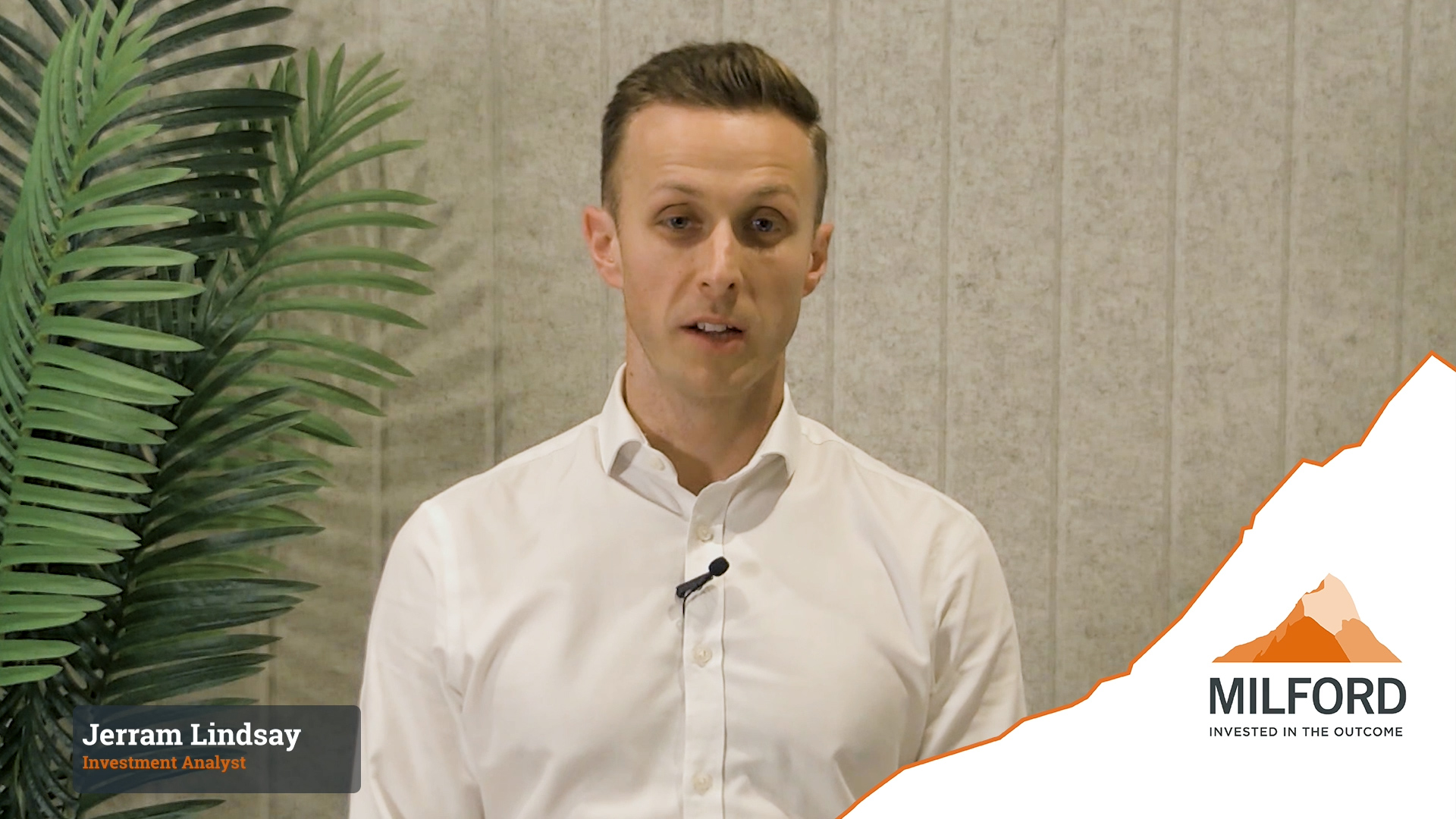Last week I travelled to Western Australia to get a sense of how Australia’s most cyclically sensitive state was recovering. WA has struggled since the previous mining boom ended, however after meeting 41 companies (including a trip to a mine) I can comfortably say WA is recovering and recovering well.
WA Interstate Migration turned positive for the first time in years.

The meetings covered a range of commodities including oil, gas, nickel, lithium, copper, gold, potassium and uranium. There were also real estate developers, mining technology companies and property fund managers thrown in for good measure. This spread gave us a good sense of how WA was performing, and it allowed us to identify a range of trends and investment ideas. Some of the more common themes were:
A strong focus on ESG by almost every presenter
- Mining is generally considered a rather environmentally unfriendly industry however all companies were aware of their responsibilities and the increased scrutiny placed on environmental mishaps. Most had a strategy to de-carbonise with many believing they can get a premium for their product if it has an ESG angle (i.e. carbon neutral or low emissions relative to peers).
Optimistic Management teams. Management confidence was very high
- The outlook was very bullish with companies either achieving record results, or finally being able to recover.
- In addition, capital structures are improving as companies utilise high commodity prices to pay down debt.
A lot of companies are looking to spend on exploration and mine expansion
Most mining services businesses had record work in hand
- They also had record pipelines pointing to a very strong 12-24 months.
The residential market is incredibly strong
- With rental vacancy at its lowest level since 2007.
I also attended my maiden mine tour, of a very interesting company called Salt Lake Potash (SO4.ASX).
They are looking to produce a compound called Potassium Sulphate or SOP which is an organic fertiliser. The product is environmentally friendly and the final fertiliser is in high demand from farmers globally. The dry lakebed, called Lake Way, is rich in sulphates and magnesium and is located almost smack bang in the middle of WA (and accessible to us via a 50°C Cessna flight).
The manufacturing process on paper appears simple, however, is anything but: source the brine, dry the brine to access the salts, process the salt into SOP.
They source the brine via two methods: the first is to cut trenches into the lakebed, with the trench filling with brine over time. The second is to stick large pipes deep into the ground similar, in a sense, to drilling oil.
They then must increase the magnesium content of the brine to a point where potassium crystals start to form. They achieve this by moving the brine around a series of shallow lakes, with the final lake drying completely, ready for harvesting.
On the left you can see a series of trenches and on the right are the drying lakes

Nope this isn’t a beach, it’s a magnesium and potassium rich lake, with ready to process salts piled up on the side.

Finally, the salt must be refined at their on-site processing plant in order to produce the final product.

Now, SO4 management still have a lot of work ahead of them however they could potentially be one of the lowest cost producers globally of SOP, in what is a market with strong tailwinds. In addition, Lake Way is the first of 8 lakes they may harvest.
This is one of the many interesting companies we met in WA. Given global borders are shut our team on the ground in Australia has a big advantage as we are still able to travel to other states, visit companies operations and meet these companies face to face. We learnt a lot, including to not wear white shoes to a mine…




